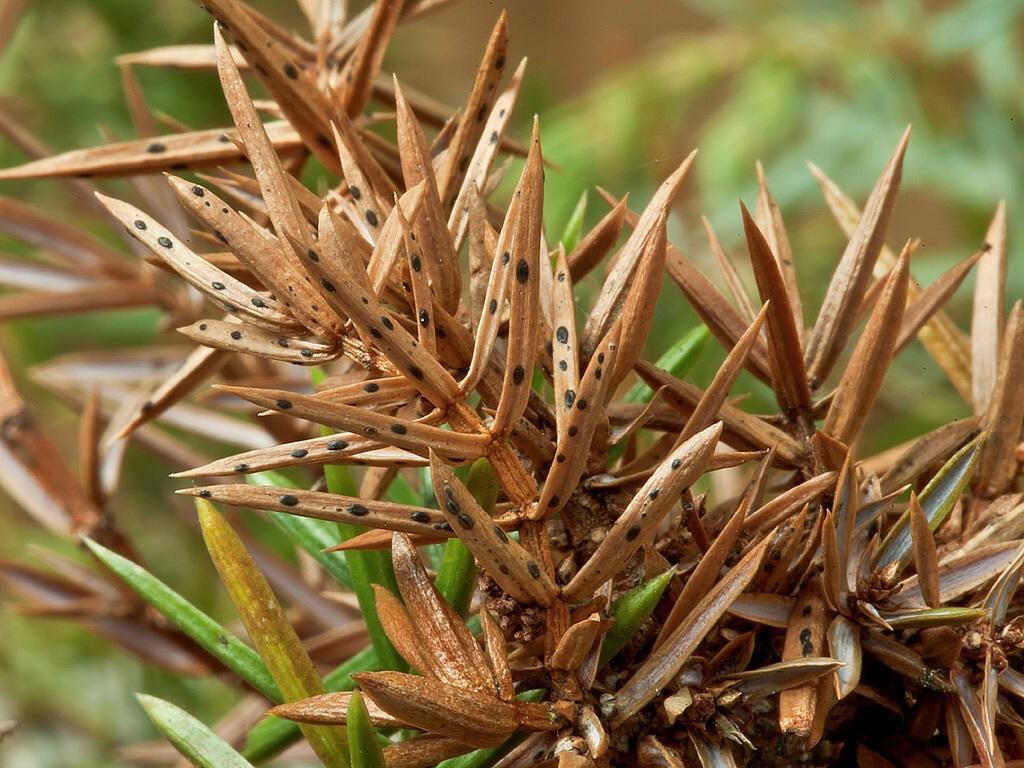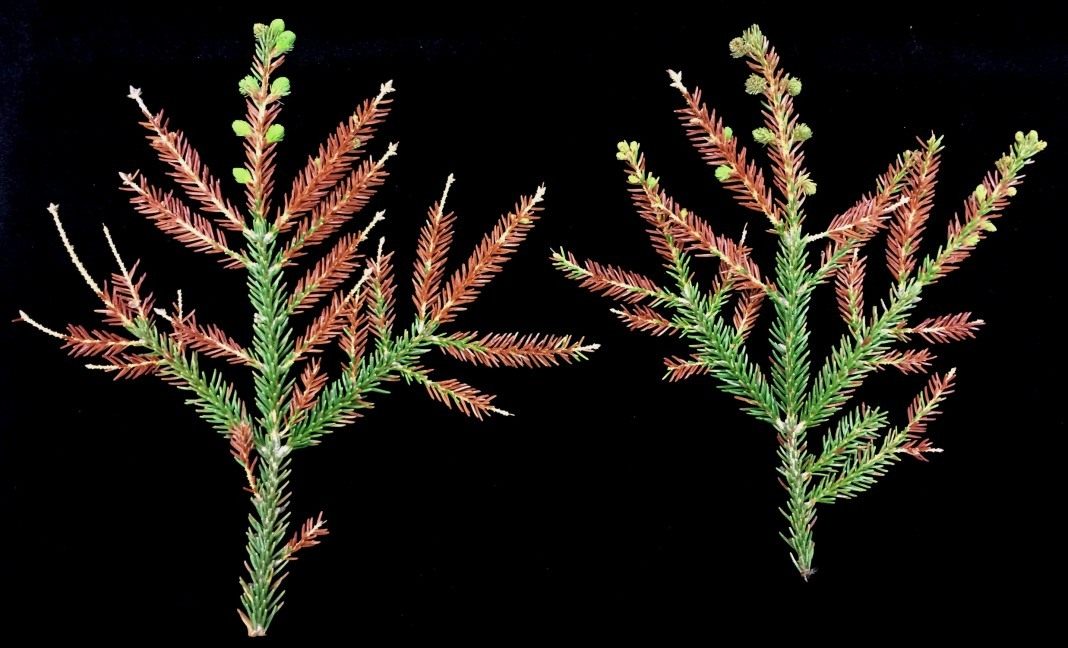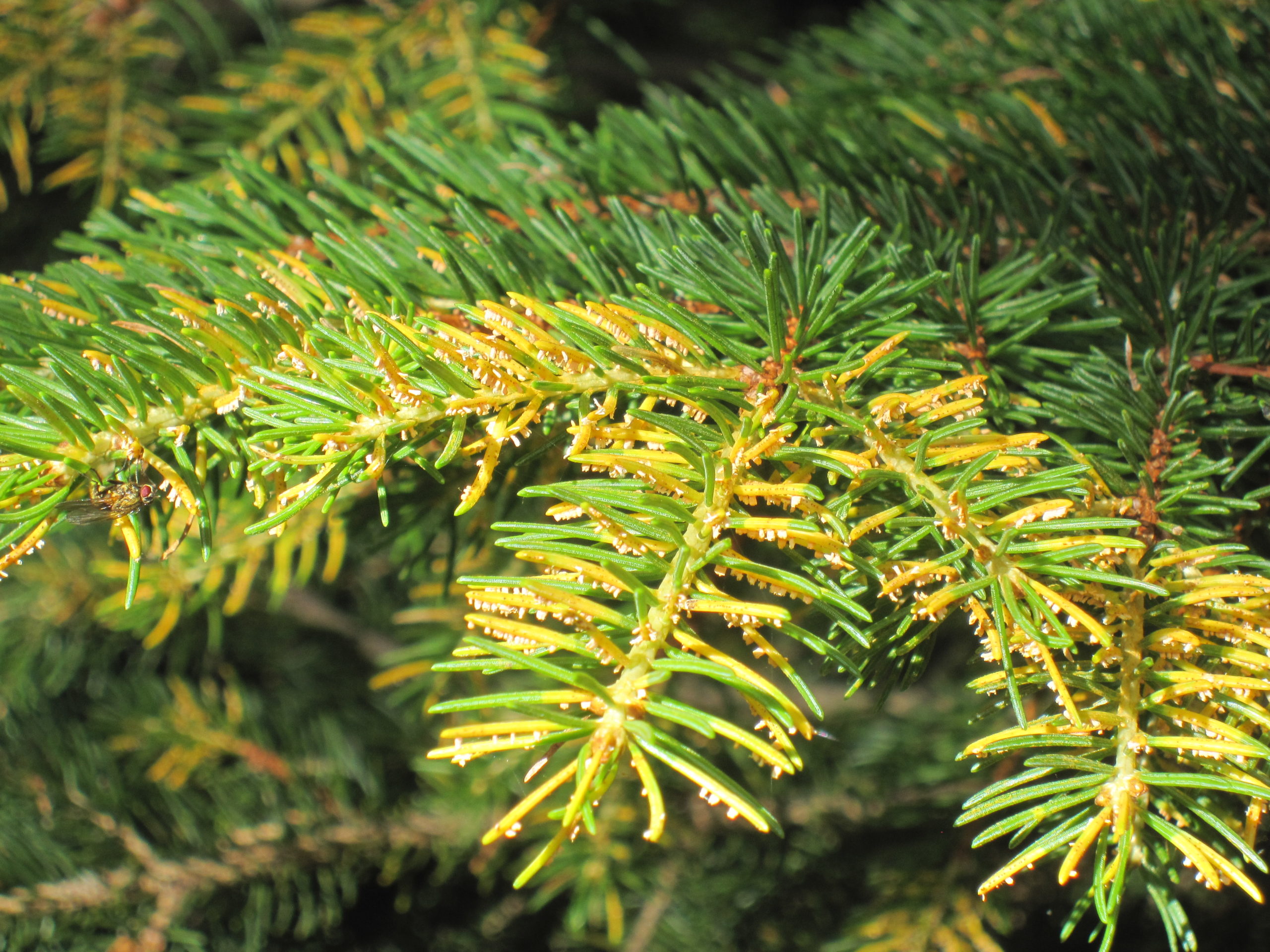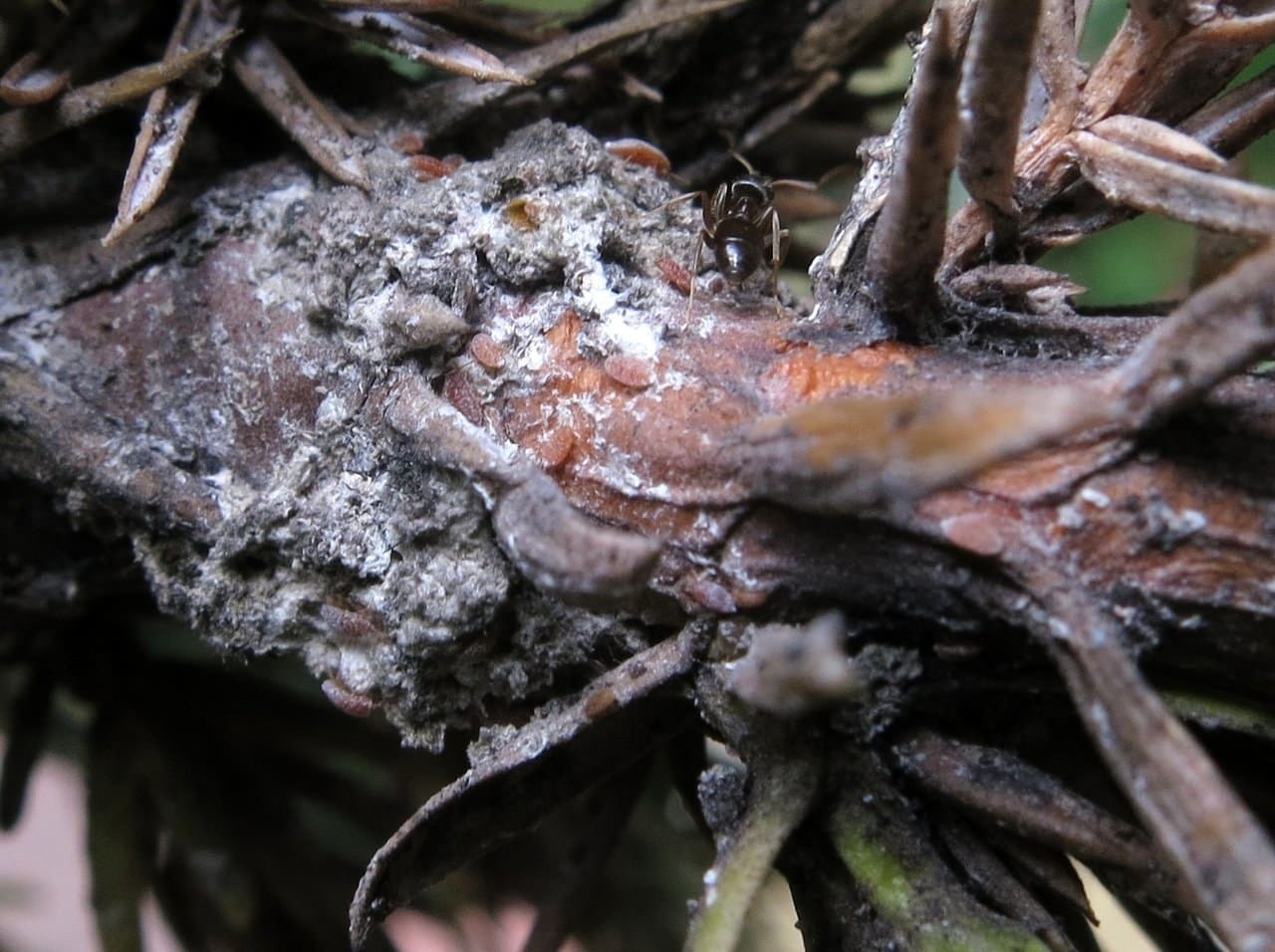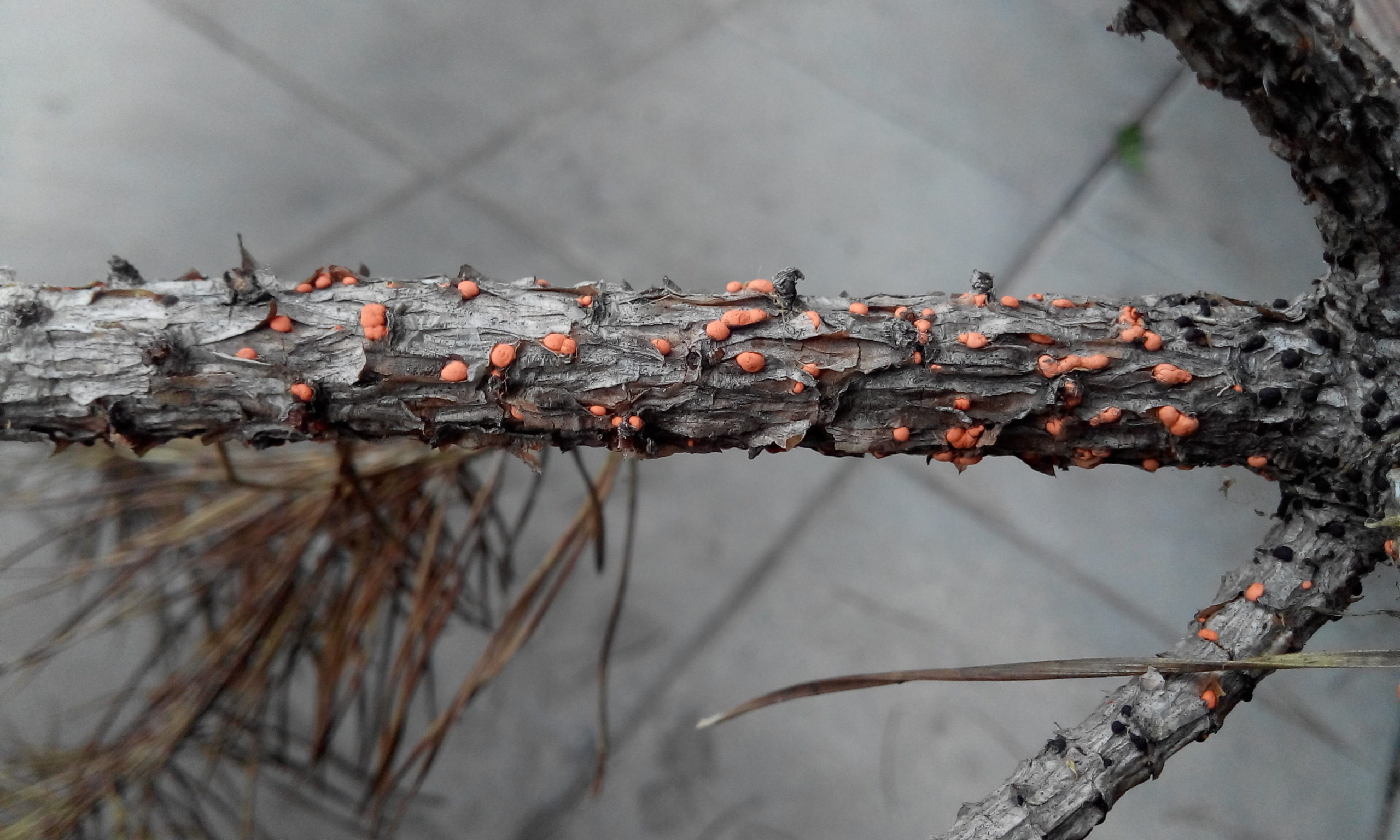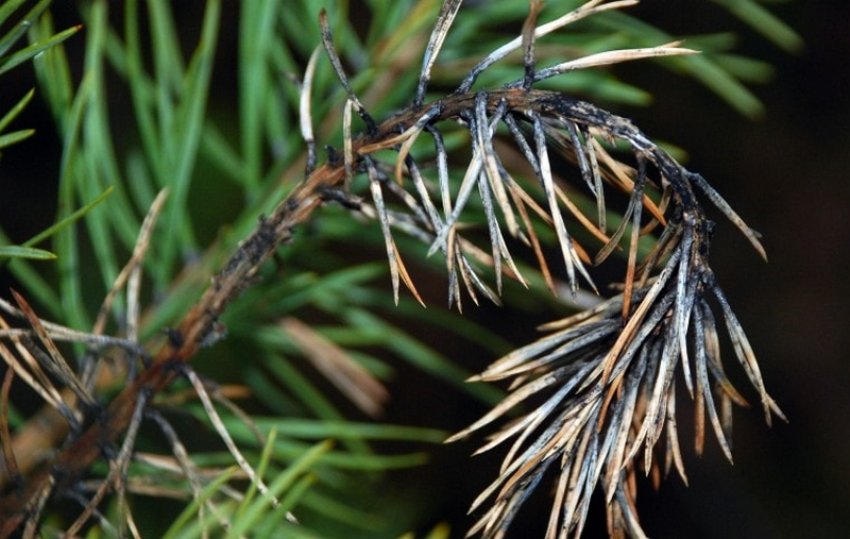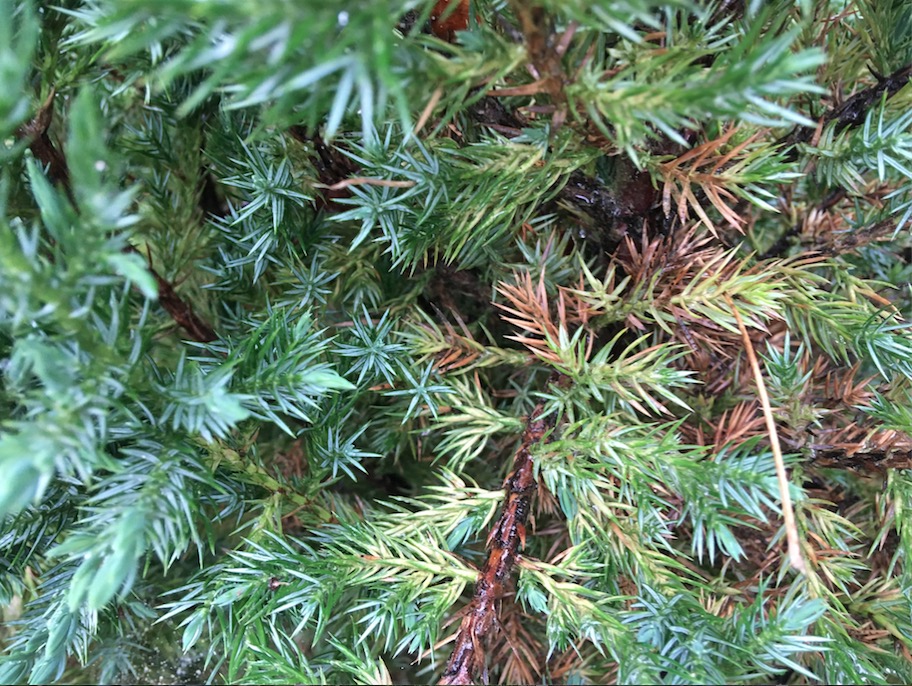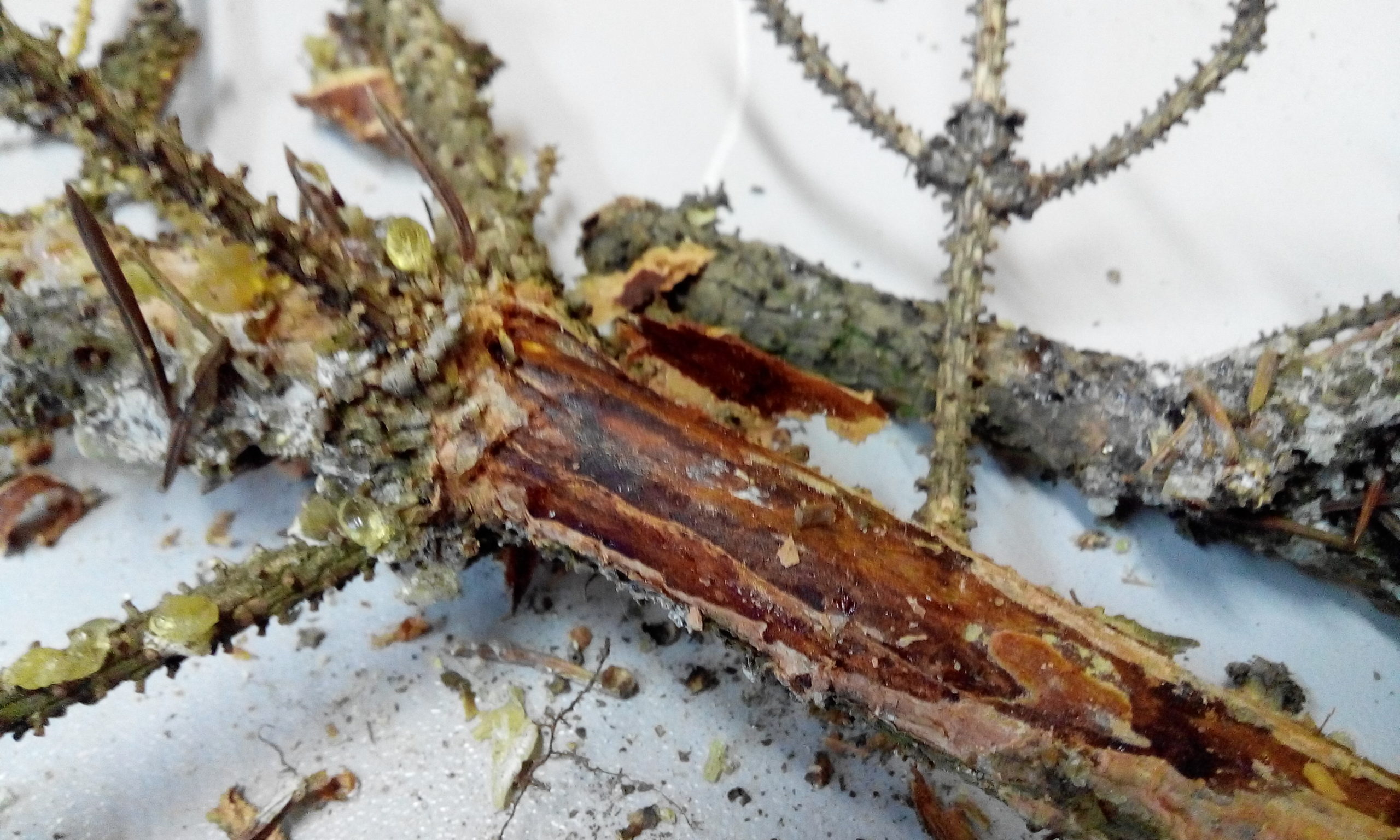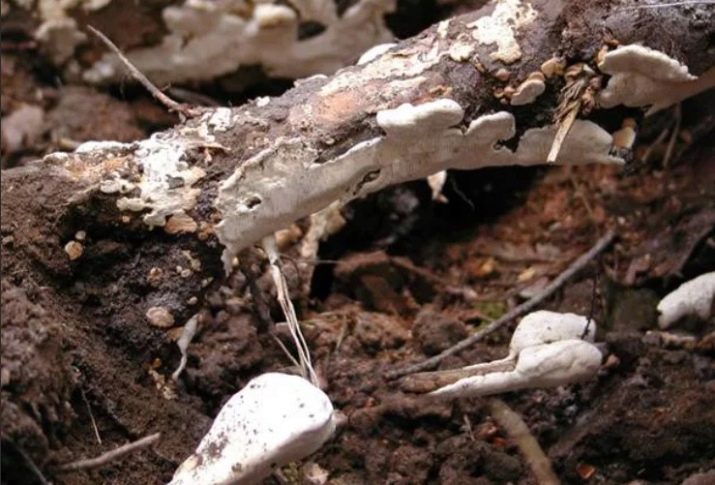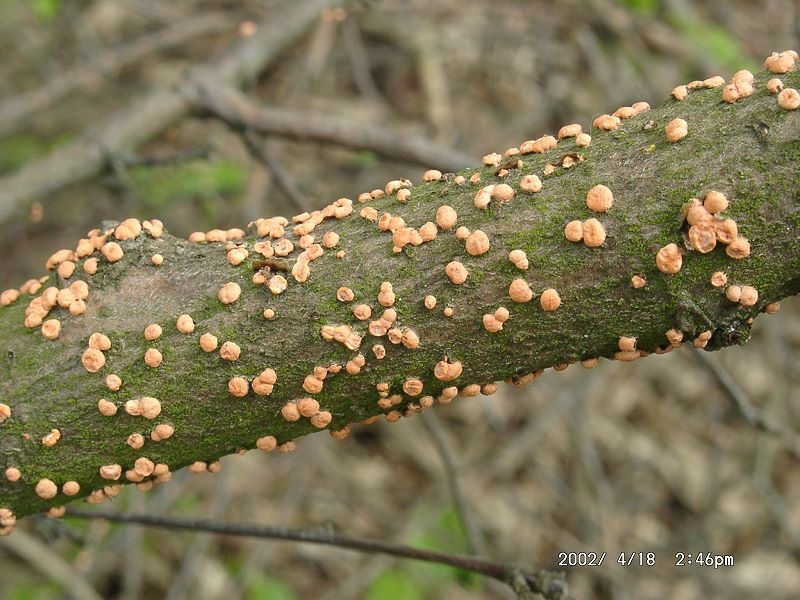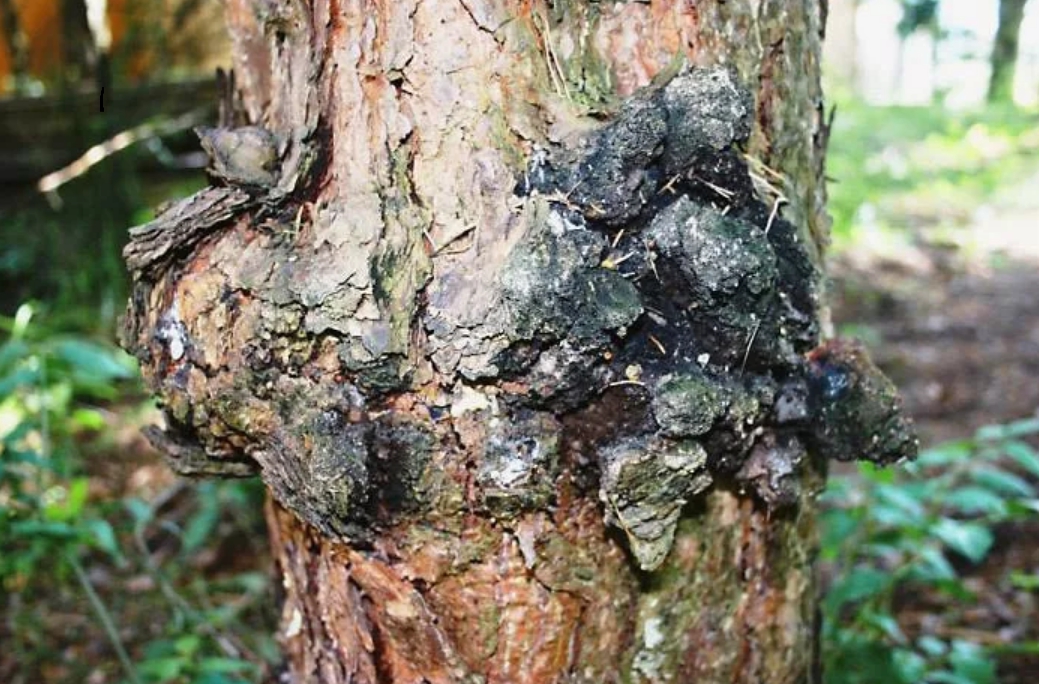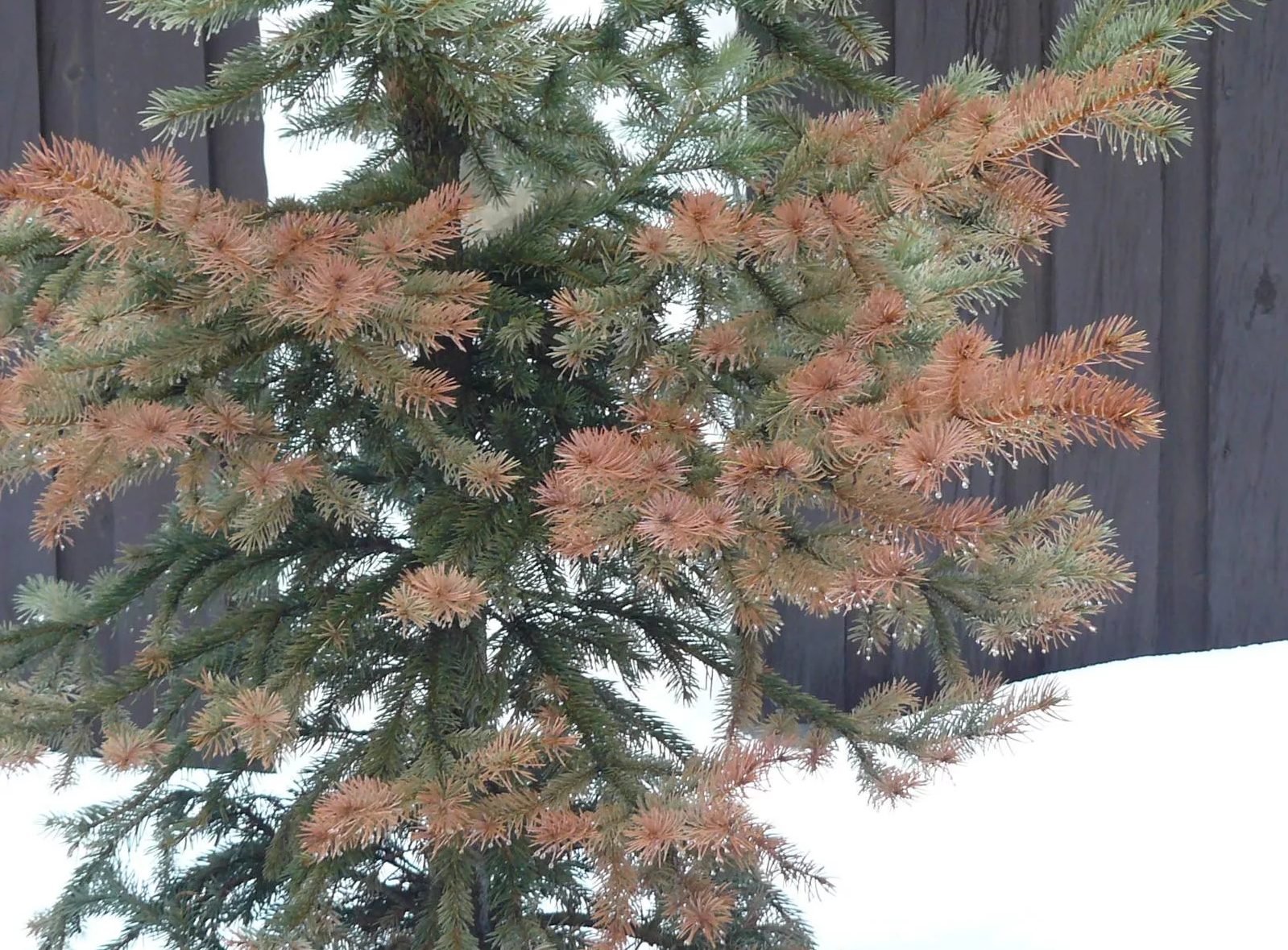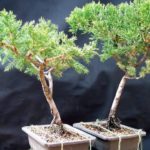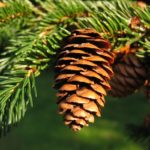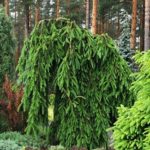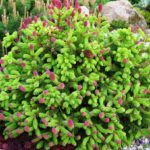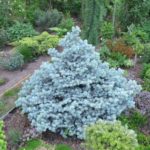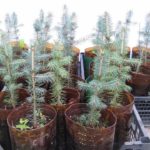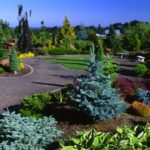The development of spruce diseases can cause significant harm to plantings. To avoid the death of coniferous plants, it is important to familiarize yourself with the main signs of pathologies and study methods of treating them. In most cases, spruce pathologies are fungal in nature and pose a threat to plants. At the same time, the signs of some ailments are visible immediately, while others appear only after some time.
Causes of diseases
The main pathologies of spruce trees are associated with the influence of the following factors:
- infection with fungal infections;
- activity of pathogenic bacteria that are present in the soil;
- attacks by different types of pests.
Non-infectious pathologies are also widespread. These are caused by violation of agrotechnical recommendations, improper maintenance conditions, and errors during planting. Common factors in the development of pathologies include the following:
- improper landing with strong deepening;
- deficiency or excess of moisture;
- incorrect choice of landing site;
- nutritional deficiency;
- stagnation of moisture in the soil.
Fungal pathologies usually do not cause plant death. At the same time, they cause premature falling of the needles and disruption of their color - they can turn brown or even black. Most often, fungal infections are associated with severely thickened plantings, lack of light, and increased soil moisture.
Popular diseases and how to treat them
When growing blue or Norway spruce, you can encounter a number of problems. At the same time, there are pathologies that occur most often.
Schutte
There are several types of shutte - brown, snowy, real. This pathology poses a danger to common spruce and other plant varieties. Other conifers also suffer from it. The development of the disease is associated with the activity of pathogenic fungi that develop under snow at temperatures above 0 degrees. In this case, signs of pathology appear in spring or summer - after the snow melts.
As the disease develops, the needles of the plant become covered with a gray-black coating and small black dots. Pathology poses the greatest danger to young conifers. As the disease develops, the plant needles turn yellow and brown, and then fall off.
Fusarium
This disease is provoked by pathogenic fungal flora that develops in the soil near the roots. Fusarium poses a threat not only to spruce trees, but also to other coniferous plants - firs, pines, larches. As the disease develops, the plant needles turn red and fall off. In this case, it is mainly the middle part of the crown that suffers. Root rot often occurs in young trees.
To treat fusarium, it is necessary to treat coniferous trees with fungicidal preparations. For this you can use Alirin and Fitosporin. Bordeaux mixture is also highly effective. To avoid pathology, when growing spruce trees you need to monitor the quality of the soil. Most often, fusarium develops in soil with high humidity, which does not have very good drainage.
Rust
With this pathology, yellowing of the needles is observed. In this case, the affected shoots become deformed and dry out. This disease is associated with the development of a fungal infection.
The most common types of pathology include the following:
- Pine needle rust. This disease occurs in the first half of spring. In this case, yellow bubbles form on the needles. As the disease progresses, the needles completely change their color, becoming yellow. After which she falls.
- Columnar rust. This disease is characterized by damage to the needles, which subsequently affects the bark of the plant. In the affected area, the bark becomes thicker and over time becomes covered with cracks, in which yellow blisters form.In this case, the damaged areas dry out and die.
- Cones rust. It can be identified by the inner part of the scales, which are covered with dark aeciopustules. As the disease progresses, infected cones open prematurely and the seeds die.
To eliminate pathology, it is necessary to carry out systemic treatment of the plant with drugs that affect infectious agents. The most effective remedies include “Abika-Pik” and “Fitosporin”.
Gray rot
The development of this pathology is associated with the activity of the fungus Botrytis cinerea. As this disease progresses, the shoots become grey, brown or black. After some time, the trees completely lose their decorative properties and weaken. Gray rot usually affects plants that are planted too densely.
To cope with the disease, you should use copper sulfate. You can also use special fungicides - for example, use “Skor”. After treatment, you need to remove and burn all affected shoots. To prevent problems from occurring, plantings should be treated with Bordeaux mixture in early spring.
Cortical necrosis
This is a fungal pathology that is associated with the activity of the fungi Sphaeria pithyophila. The first symptoms of the disease usually appear in the second half of summer. Moreover, they are visible on the branches of the lower tiers, which are closer to the surface of the earth. If the spruce grows in shady places with a thick crown, the disease can move higher. If the tree is severely damaged, the branches dry out and there is even a risk of the plant dying.
To prevent or eliminate the disease, it is recommended to use fungicides containing copper. To make spruce more resistant to this disease, it is worth using microfertilizers and immunostimulating agents.It is recommended to apply them under plants annually. This should be done in early spring.
Pine spinner
This fungal infection primarily affects pine trees. However, spruce trees can also suffer from the disease. With the development of pathology, severe curvature of the lateral shoots of the plant and death of the top are observed. The needles become covered with yellow-orange swellings. As the pathology develops, the growth of the spruce stops and after some time it dies.
At the initial stage, Fundazol or Bordeaux mixture helps to cope with the disease. In this case, it is permissible to spray the tree 2 times during the season. In this case, it is recommended to pay special attention to young trees. Most often, the disease develops on trees younger than 10 years old.
Alternaria blight
This disease is accompanied by the formation of black or dark gray spots on the shoots. Most often it develops on plants that are deficient in light. To prevent the occurrence of Alternaria, it is important to choose the right place for planting.
It is recommended to treat sick plants with Bordeaux mixture or “Skorom”. Affected fragments of spruce should be removed, and sections should be treated with copper sulfate. This will help prevent the subsequent spread of infection.
Bacteoriosis
This disease is considered very dangerous. At the initial stage, the needles do not change their color and do not become stained, but simply become duller. Therefore, the disease goes unnoticed for a long time. However, as the pathology progresses, the needles begin to fall off even at the slightest touch.
In order not to miss signs of bacteriosis, it is important to constantly inspect the trees.At the first manifestations of pathology, the tree should be treated with “Fundazol”, and after 3 days – with “Fitosporin”. After a few more days, it is recommended to use Zircon.
Biatorella cancer
This infection leads to damage to conifer wood. As pathology develops, the plant bark first becomes brown and then becomes covered with cracks. Long, elongated ulcers form in areas of dead areas. After which resinous fungal growths form in their place. As the fungal infection develops, the needles turn yellow and fall off.
At the first signs of illness, it is worth treating the tree with Bordeaux mixture or using high-quality fungicides. A total of 2-3 sprays are recommended during the season.
Nectria cancer
This pathology manifests itself in the form of many microscopic growths that have a red-orange tint and appear on the surface of the trunk. Gradually, the growths darken and dry out, the bark dies off, and the needles become yellow and crumble.
To cope with pathology, it is recommended to use preparations containing copper. In this case, the soil around the roots should be thoroughly treated with fungicides.
Spruce canker
This fungal infection mainly affects spruce trees and manifests itself as the accumulation of large amounts of resin on the shoots. Over time, instead of growths, dead places form. In this case, the bark becomes covered with cracks, and many ulcers form on the trunk.
If signs of the disease appear, it is recommended to remove and burn damaged shoots. In this case, the soil under the roots should be shed with fungicides, and the crown should be treated with copper-containing agents.
Drying branches
As the disease develops, black and brown growths appear on the branches and trunk. At the same time, the needles turn yellow and fall off, and the shoots dry out and become deformed. To get rid of pathology, you need to use fungicides and Bordeaux mixture. To prevent plant disease, it is recommended to plant trees further away.
How to prevent diseases
To prevent the development of diseases and pest attacks, it is important to follow these rules:
- Choose only healthy seedlings.
- Remove dry branches in a timely manner.
- Do not plant spruce near bird cherry trees.
- Before planting, treat the spruce roots with fungicides.
- In early spring, spray the conifer with copper sulfate.
- Burn affected needles.
When growing spruce trees, summer residents often encounter various diseases. To avoid problems, it is necessary to prevent the development of diseases. If pathology does appear, it is important to promptly treat the plant with special means.

